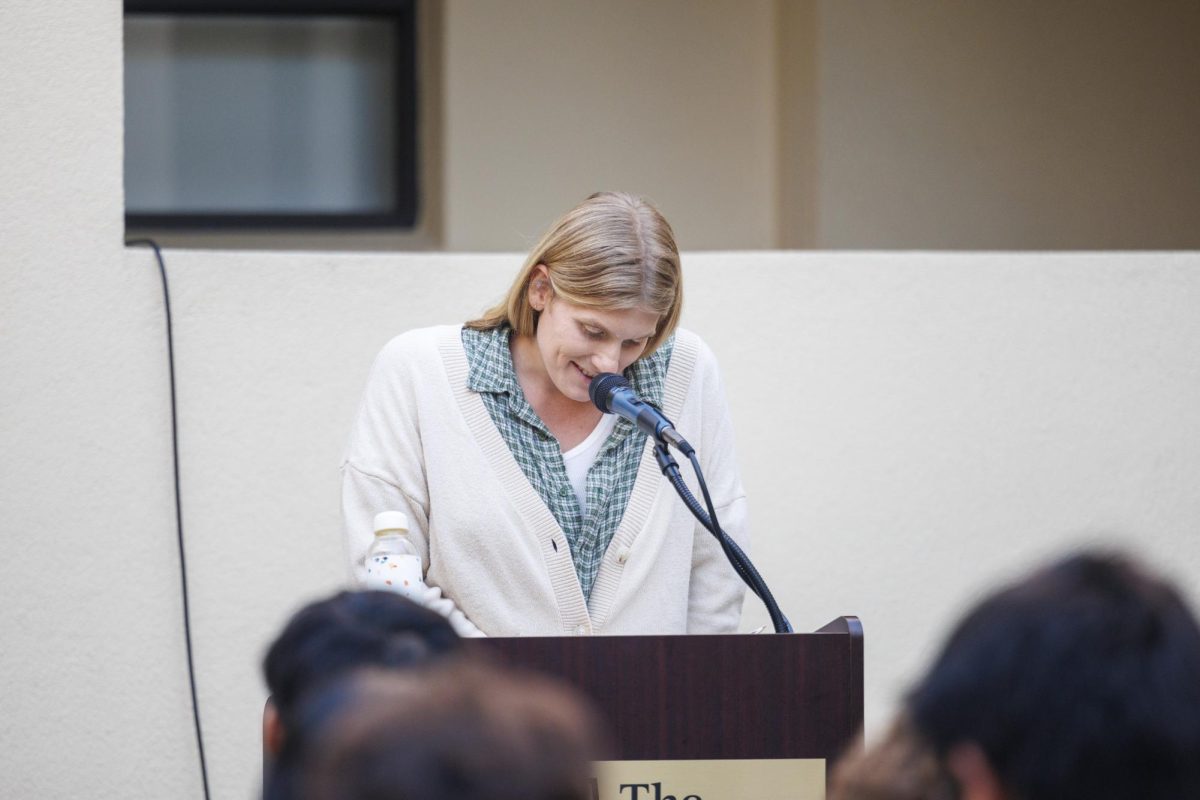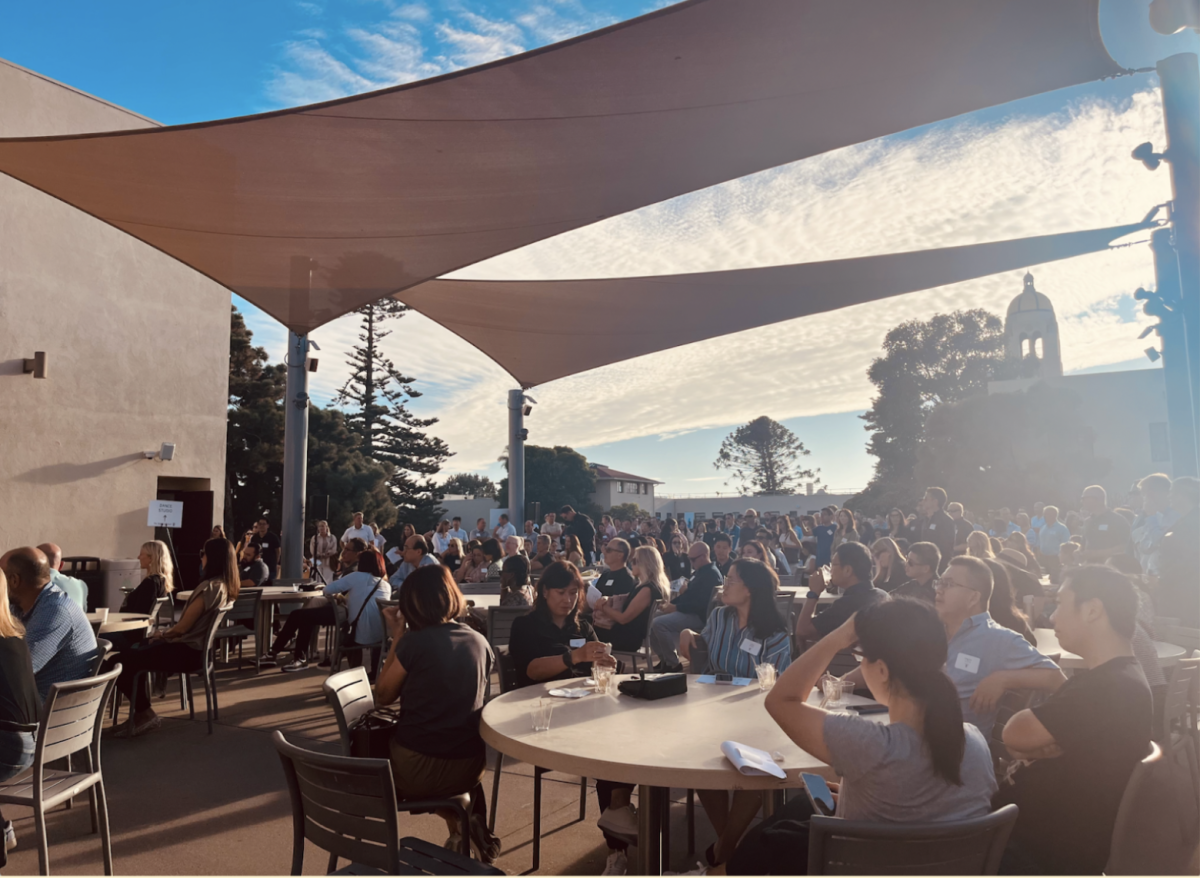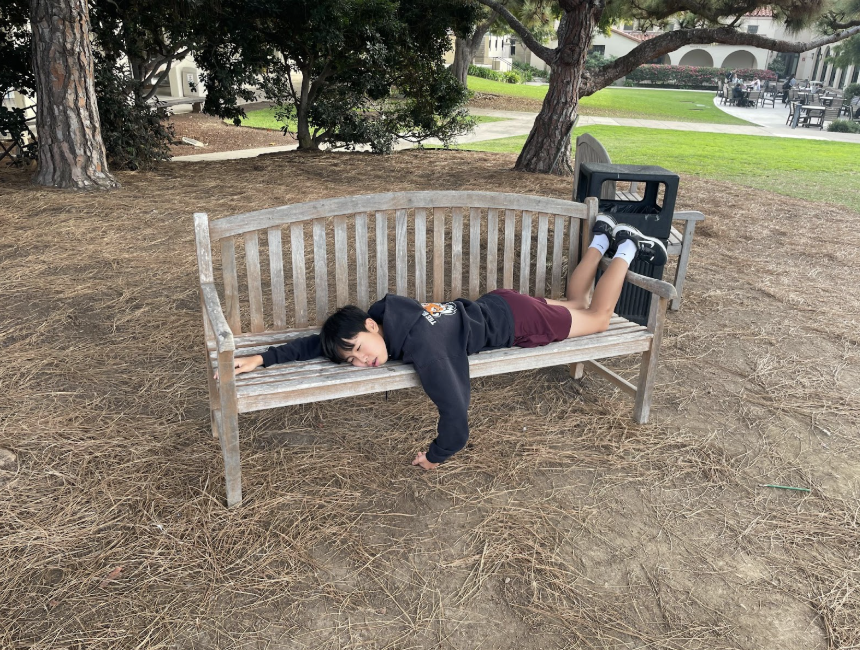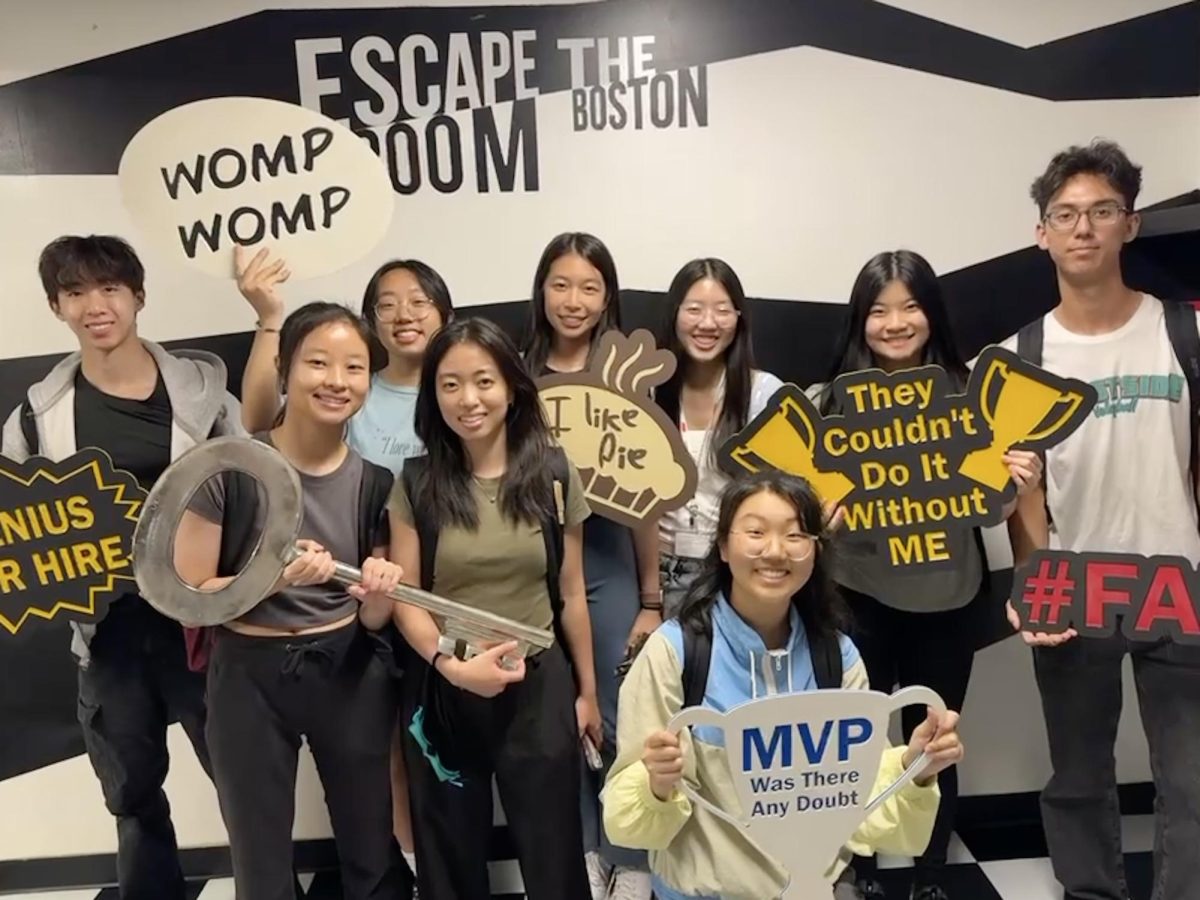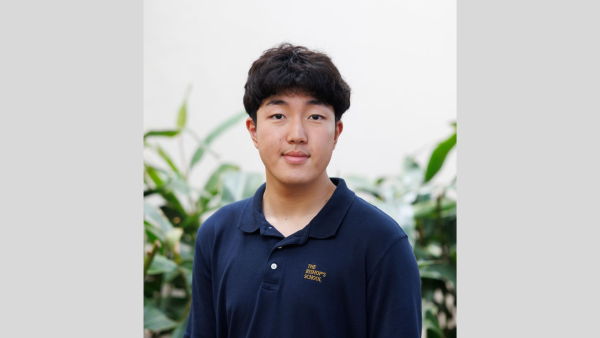Pulitzer Prize-winning poet Jos Charles captivated the audience at Bishop’s on Monday, November 18th, during a poetry reading featuring works from her collections feeld and, a Year & other poems. Charles, is renowned trans poet known for her innovative use of language.
Mr. Adam Davis, English teacher, gave a heartfelt opening speech, closing with the statement statement, “These poems that, like our lives, are meant to be experienced, to be felt, not necessarily understood. Leave understanding to the actuaries—what I want is emotion—and I’m deeply grateful for Jos Charles providing us with that today.”
At the beginning of reading, Charles said that “language can both reveal and sparkle” and because of that sparkly nature, language could also be deceptive and dangerous. That contrast was what drew her into poetry. She then shared insights onto the creation of feeld, where she combined medieval speak with modern “tech speak” to craft a unique style. Despite initial doubts about the linguistic combination feeling “gimmicky,” she found that putting tenderness and sincerity into it gave it emotional depth.
After attending the reading, Parsa Avaz-Barandish (‘27) described Charles as “an enormously talented poet.” He was able to see that she “was very passionate about her poetry,” and found “she enunciated the words she wrote” to be “truly inspiring.”
From feeld, Charles read several poems, including I, which spoke about trans identity, and XXIV, her first piece written for the collection, which compared the trans experience to an organ. She followed up with XXVIII, exploring the futility of renaming, portraying it as merely masking previous flaws and issues rather than resolving them.
Then XXXIX, which was based off of a childhood memory from Chuck-E-Cheese. Charles revealed that rather than play whack-a-mole normally, she would drape her entire body over the machine, preventing any moles from appearing in the first place. Parsa found this memory “very funny.” Finally, her reading of LVII closed out the feeld collection and touched on an old myth about the life expectancy of trans women being 27, which had inspired Charles to use the loftiness of language to convey the “raw facts” that she observed in her own life.
Charles then read the first poem in the collection, I. Ironically, the first poem in the collection wasn’t the first poem that she wrote. She then transitions on to the second poem, XXIV, which is the first poem that she wrote. Both poems spoke about the feelings of being trans. XXIV, however, uniquely described the feeling as being similar to an organ.
Charles explained her choice by claiming her general poem-writing philosophy was “imagining another world and putting yourself in it.” Despite butterflies often being used as a symbol of trans identity, Charles’s experience with it caused her to imagine it as a visceral world, hence her description in XXIV.
Charles’s next poem was XXVIII. Unlike the previous two poems, this one focused on the idea of names, and what it means to rename something. Charles thinks that the belief held by many people, that renaming something can fix its inherent problems, is false. She claims that renaming something merely masks the underlying issues with fantasies and wordplay, instead of addressing them.
The last two poems the Charles read from her feeld collection were XXXIX and LVII. Both poems were centered around memories from Charles’s past. XXXIX was based off of a childhood memory. Specifically, it was based on an anecdote from Chuck-E-Cheese, where Charles recalls her peculiar method of playing the whack-a-mole game. Instead of having the mole come out and hitting it, Charles would simply lay her whole body over the machine, preventing any moles from coming out.
LVII was based on a more recent memory. Around the time of writing, an misconception was circulating around facebook that trans-women only have a life expectancy of 27. At the same time, the deaths of a lot of trans-women around Charles occurred. These two realties, combined with the fact that Charles’s 27th birthday was around the corner, inspired Charles to use the loftiness of language to convey the “raw facts” that she observed in her own life.
The next and last collection that Charles read from was a Year & other poems. From it, Charles read poems within January, July, and November.
The collection, says Charles, was started during a time where she felt sad and alienated in 2016. She wouldn’t really talk to anyone; rather, she’d stay home and read poems. However she left the collection to sit for four years, returning to write it in 2020, during the pandemic
According to Charles, January was sort of a paper “airplane poem” meaning that, at the time, she didn’t really have anyone that she was writing the poem for; rather it was “thrown” into the future for someone to hopefully find and resonate with. She wrote it in response to the death of a former significant other, and friend.
Charles read two poems from July. The first was a poem derived from a memory. She recalls walking one morning on her way to work, when she stumbled upon a hedge. The hedge had three pizza hut boxes in them, and when her curiosity overtook her and she opened them, she was greeted with a swarm of flies. After getting over her initial shock, Charles claims that she immediately thought “that’s a poem.”
The other poem that Charles read from July was about applying to a cafe job. A few years ago, when Charles was looking for a job, she saw a cafe with trans flags in its windows, so she applied. Unfortunately though, her interview kept getting postponed until she eventually realized the place had no intention to hire a trans woman and gave up.
Charles began to write a poem about this experience. However, during the writing process she was overcome with how “complain-y” the whole piece seemed. She said that she felt “silly” complaining about her employment problems when there were bigger problems all around her. So, she incorporated that feeling into the poem.
Finally, her poem from November was written with “the fact of the thing” in mind. Charles stated that she was drawn to the type of poem that said, here is a thing, look at it now. Which is why her November poem, and her works in general, are so short in length when compared to other poetry pieces.


